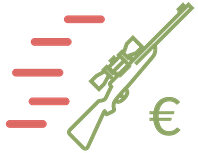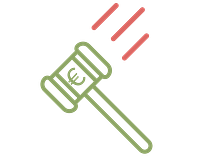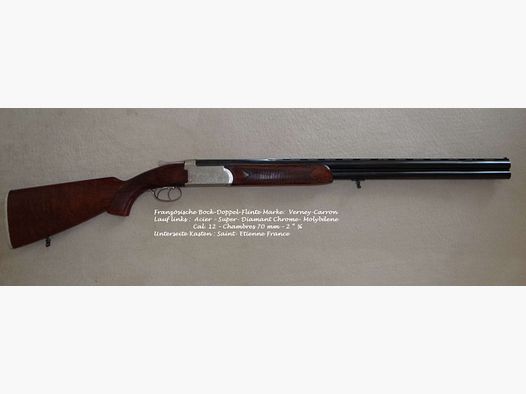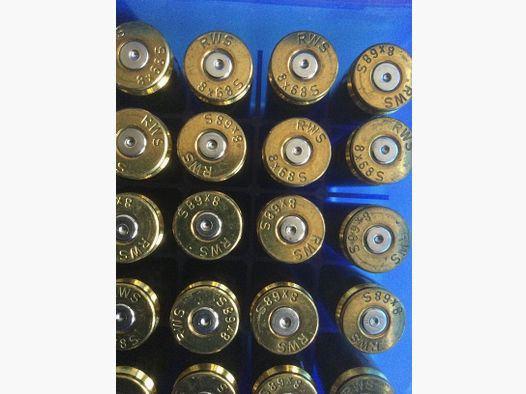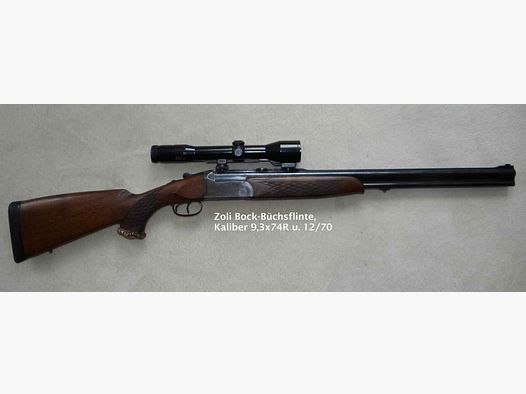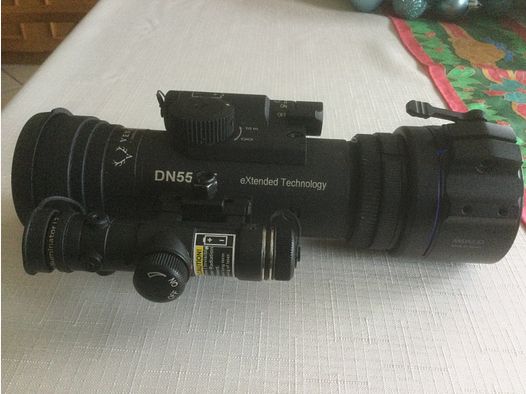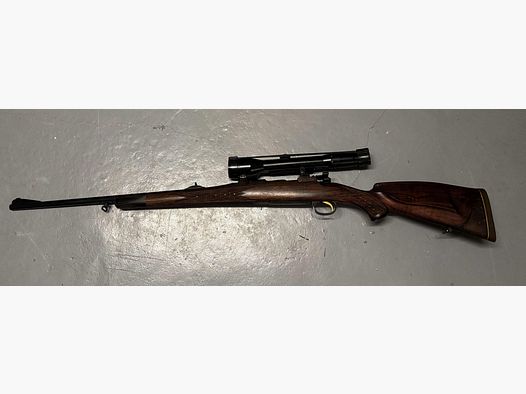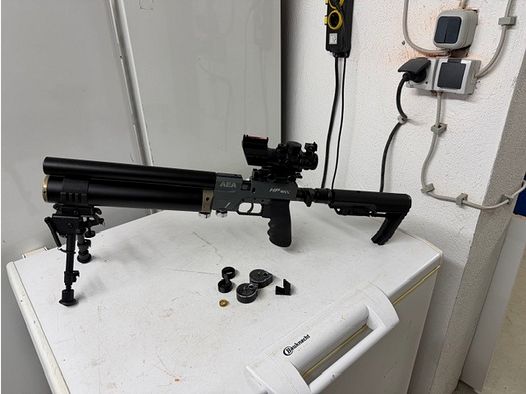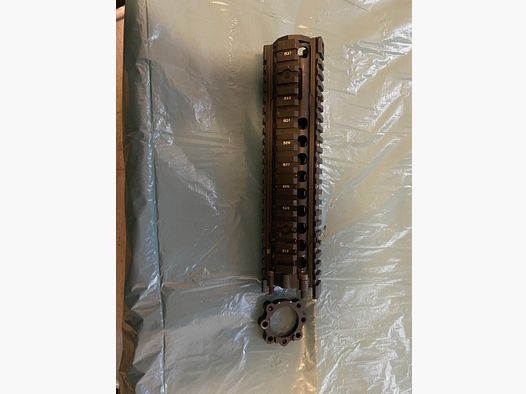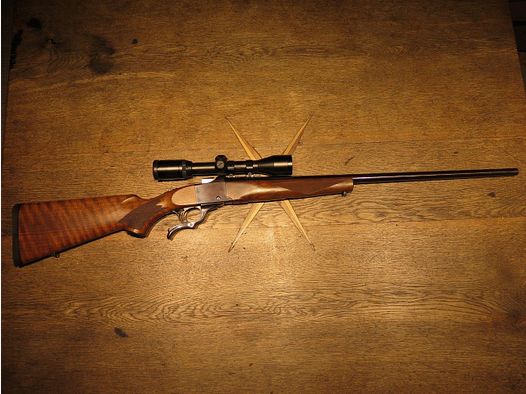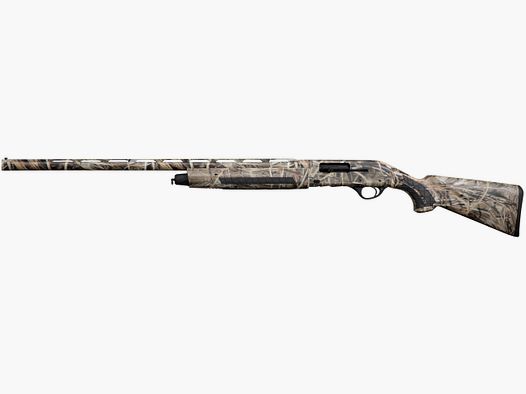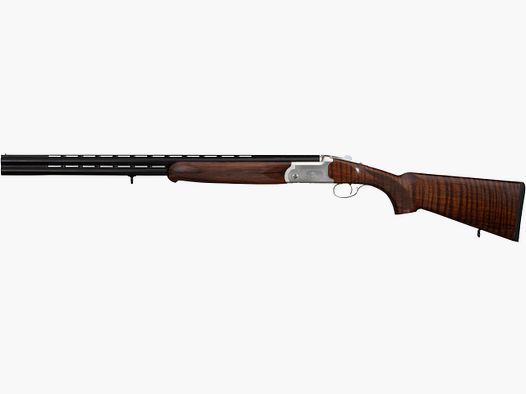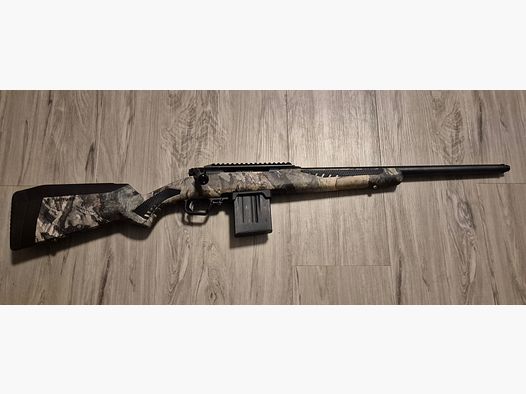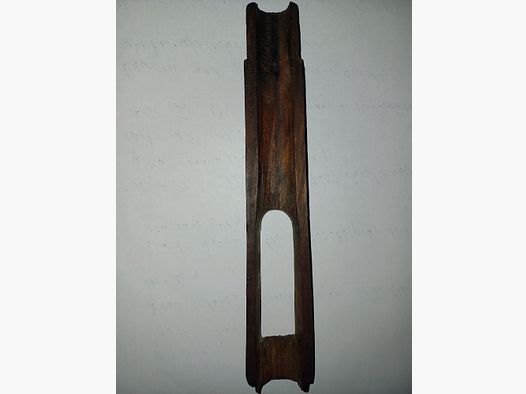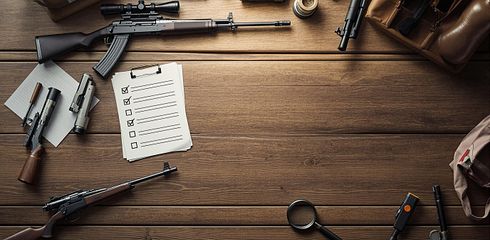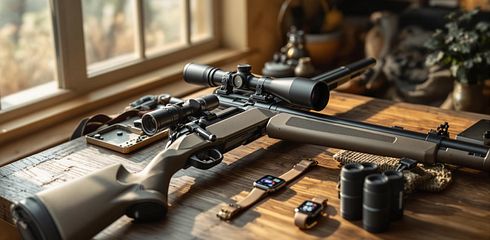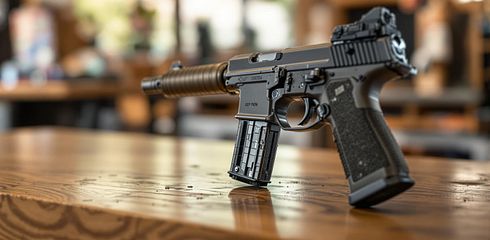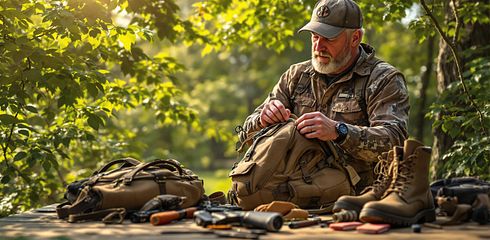New hunting equipment offers a warranty, state-of-the-art technology, and full lifespan, but is more expensive. Used equipment is cheaper and often just as durable if well maintained, but requires careful inspection.
Summary:
- New Equipment: Perfect condition, warranty, higher costs.
- Used Equipment: Cheaper, check condition, potentially higher maintenance costs.
- Care: Regular cleaning and maintenance extend lifespan.
Quick Comparison:
| Equipment Type | New | Used |
|---|---|---|
| Firearms | Warranty, no wear | Cheaper, check condition |
| Optics | New technology, warranty | More affordable, check condition |
| Clothing | Full functionality | Wear possible |
Whether new or used: Care and proper inspection are crucial for being reliable and safe in the long run.
Affordable and Good? What’s Inside the Repeating Rifle Brenner BR20

What Influences the Lifespan of Equipment
Materials and Quality of Workmanship
The durability of your hunting equipment is largely determined by the materials used and the workmanship. High-quality barrel steels and precisely manufactured components provide a stable foundation that lasts for years. Plastic stocks are easy to maintain, while wooden stocks require regular checks for cracks and damage. However, even the best foundation is tested by use in the field.
Operating Conditions and Use
Extreme weather, high humidity, and significant temperature fluctuations take a toll on equipment and accelerate wear. Electronic components like illuminated sight systems or rangefinders are particularly sensitive and should be checked regularly. However, consistent maintenance can significantly reduce negative influences.
Care and Maintenance
Regular care is essential to extend the lifespan of your equipment—whether new or used. Here are some important points:
- Thorough cleaning after each use
- Check all moving parts
- Properly oil the mechanics
- Annual inspection by a gunsmith
Also, ensure that your scope is sealed and the mechanics function smoothly. Have used optics professionally checked before purchase. Store your equipment in a dry place at a consistent temperature—a dehumidifier in the gun cabinet can help.
sbb-itb-1cfd233
Direct Comparison: New vs. Used
Firearms and Components
New firearms come with a manufacturer's warranty and a clear, traceable history. Used firearms, on the other hand, can often be ready for immediate use but require a thorough inspection of the key components:
| Component | New | Used |
|---|---|---|
| Barrel | No wear, full lifespan | Visible wear, shortened lifespan |
| Action | Perfect fit | Possible wear, play from use |
| Trigger | Factory setting | May be altered or worn |
These differences affect both performance and reliability over time. The same applies to optical devices.
Optics and Sights
New scopes impress with flawless lenses, a warranty for waterproofing, and precise adjustability. Used optics, however, may have hidden defects, such as fine scratches or leaky seals. A close inspection is worthwhile here.
Hunting Clothing
In hunting clothing, previous use plays a significant role. New clothing offers full functionality—including intact membranes, waterproofing, and robust construction. Used clothing often shows wear, especially in membranes and seams.
Equipment in the Field
Electronic devices like rangefinders are often more reliable when new. For more robust items like backpacks or knives, however, used models can be a cost-effective alternative.
On Gunfinder, you can find a selection of new and used equipment with detailed condition descriptions. For expensive firearms and optics, an additional inspection by an expert is advisable.
Price vs. Longevity
Price Differences When Buying
The Sauer 101 GTi costs about €5,700 when new, while used models are often 30–40% cheaper. The same applies to the SAVAGE 110 HOG HUNTER 2.0, which has a new price of around €700. The difference is particularly striking with premium products like the Steyr HS .50 M1, which costs about €7,499 when new. In addition to the purchase price, you should also keep an eye on the follow-up costs.
Maintenance Costs
New equipment often offers the advantage of warranty services and predictable maintenance intervals in the first few years. This usually means lower initial maintenance costs. Used equipment, on the other hand, can incur higher maintenance costs. Repairs can sometimes be unexpected, and spare parts are not always easy to find or can be more expensive. Therefore, maintenance costs are an important factor to consider.
Value Development
The value development is also a crucial point. New equipment often loses 20–30% of its value in the first two years before the depreciation slows down—especially with premium brands. Used equipment, however, often shows a more stable development. High-quality optics, such as those from Zeiss, often retain their value for years. Classic hunting firearms also remain valuable with good care. In some cases, such as with limited editions, the value can even increase. Platforms like Gunfinder help you compare such developments and find the best offer.
Results and Buying Advice
Main Findings
Based on the previous analyses, these key points can be highlighted:
The lifespan of your equipment largely depends on the quality of the materials and regular maintenance. A well-maintained used model can be just as reliable as a new one.
| Equipment Type | New Equipment | Used Equipment |
|---|---|---|
| Firearms | Manufacturer's warranty and flawless condition, but higher costs | Cheaper, but condition must be carefully checked |
| Optics | Latest technology and warranty, but more expensive | Proven models at a lower price; check condition carefully |
| Clothing | Modern materials and full functionality | Often cheaper, but check condition and functionality |
This table is intended to help you make an informed decision.
Buying Advice
New equipment is recommended if you plan to use it intensively and value current technology and warranty.
Used equipment is a good choice if:
- You want to save money
- Spare parts are available
- The previous owner has well maintained the equipment
Care Instructions
Firearms:
- Clean after each use
- Regularly check functionality
- Oil the barrel and moving parts appropriately
- Store dry and secure
Optics:
- Always use protective caps when not in use
- Only use special optical cloths for cleaning
- Protect from moisture, especially during transport
Clothing:
- Follow the manufacturer's care instructions
- Regularly impregnate
- Dry gently and properly
Consistent care is the key to extending the lifespan of your equipment. On Gunfinder (https://gunfinder.de), you can compare both new and used equipment with detailed condition descriptions to make the best choice.
